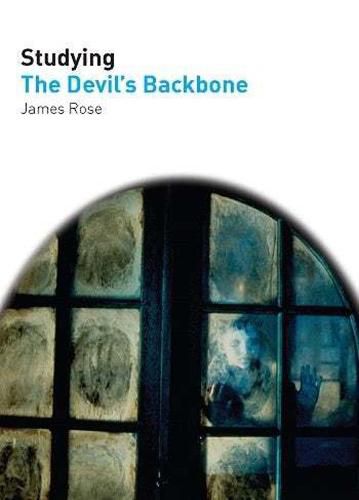Readings Newsletter
Become a Readings Member to make your shopping experience even easier.
Sign in or sign up for free!
You’re not far away from qualifying for FREE standard shipping within Australia
You’ve qualified for FREE standard shipping within Australia
The cart is loading…






The Devil’s Backbone (2001) is a Gothic film written and directed by Guillermo del Toro (Pan’s Labyrinth, 2006). The story centers on a ghost that haunts an isolated orphanage during the Spanish Civil War. Studying The Devil’s Backbone explores the narrative of the film in relation to central concerns, such as genre, theme, iconography, representation, and film language. Through these elements, the volume reads the film’s unique blend of literary Gothic, western, and war film and the use of bombs, ghosts, and color as visual signifiers. It critiques the central characters and compares their representation of women, monsters, and political context against an examination of mise-en-scene, sound, and special effects. In addition, the author provides a critical biography of del Toro, an analysis of his auteurist traits, and an in-depth bibliography and filmography.
$9.00 standard shipping within Australia
FREE standard shipping within Australia for orders over $100.00
Express & International shipping calculated at checkout
The Devil’s Backbone (2001) is a Gothic film written and directed by Guillermo del Toro (Pan’s Labyrinth, 2006). The story centers on a ghost that haunts an isolated orphanage during the Spanish Civil War. Studying The Devil’s Backbone explores the narrative of the film in relation to central concerns, such as genre, theme, iconography, representation, and film language. Through these elements, the volume reads the film’s unique blend of literary Gothic, western, and war film and the use of bombs, ghosts, and color as visual signifiers. It critiques the central characters and compares their representation of women, monsters, and political context against an examination of mise-en-scene, sound, and special effects. In addition, the author provides a critical biography of del Toro, an analysis of his auteurist traits, and an in-depth bibliography and filmography.